Thermostat Not Reaching Set Temperature? Try These Fixes First!
Wondering what’s making your programmable thermostat not reach the set correct temperature? Well, you aren’t alone. Many homeowners are also grappling with the problem. When it’s brutally cold or scorching hot outside, and the room temp shown on the thermostat screen can’t reach what you set to be, it can be downright frustrating. So, what do you do when the room temperature doesn’t match the thermostat setting? In this post, we’ll take a look at the most common causes of this issue and explore the best solutions.
But, before you go the DIY route, it’s always smart to consult an HVAC professional. If you are in Baltimore metro area, and if you need a quicker and lasting fix or a thermostat replacement, SuperTech has your back. And when you move into a new home, make sure you get an HVAC inspection before you move in so that you can avoid your thermostat not reaching set temperature.
What Should I Do When Thermostat Not Reaching Set Temperature?
Recalibrate the Thermostat
If your home or business fails to reach your preferred temperature setting, you may be dealing with a malfunctioning thermostat. Just like any other device, your thermostat may experience technical glitches from time to time. If the program it uses fails, it won't assess the temperatures correctly or give the actual readings.
Buy an AC-specific thermometer, place it near the thermostat and compare the difference between the two readings. Then use the thermometer readings and the thermostat’s user manuals to recalibrate the thermostat.
Redo the Thermostat Wiring
If you just bought a new thermostat and it has been problematic since the installation, the problem could be in the wiring. This mostly happens after a DIY installation. Use your manual to reattach all wires to the right terminals.
Other times, corrosion and lint can build up on the wiring and prevent the current from passing through. An HVAC technician can inspect your thermostat problem and fix the issue if you aren’t comfortable handling wires.

Thermostat Not Reaching Set Temperature? Clean the Thermostat
Sometimes when the room temperature doesn’t match the thermostat setting, the problem could be a dirt buildup in its interior parts.
A dirt coating around the inner components may create excess heat and cause the thermostat to give wrong readings. To clean the thermostat, remove the faceplate, and use a clean soft brush to gently wipe away the dirt. During annual
As part of a furnace or air conditioning tune-up, a professional will inspect and clean the wiring of your thermostat so you won't have to worry about this issue!

Keep Your Old-Model Mechanical Thermostat Level
Old round-dial thermostats don’t function properly if some internal components aren’t level. Unlike a common digital thermostat, a mechanical thermostat relies on bimetal springs and a mercury switch that lays horizontally in the device to adjust the temperature. So if the switch tilts, it affects the accuracy.
To correct the broken thermostat , remove the faceplate of the thermostat, look for the glass mercury tube, and balance it using a small level. Even better, you can swap out the old, faulty thermostat for a more efficient, modern thermostat.

Reboot The Thermostat If It’s Frozen
If there is an issue with the static electricity around your thermostat, the touch screen may freeze, and fail to display any data updates.
In such a situation, it’s hard to notice that your electronic thermostat isn’t reaching the correct temperature. The best solution is to switch off the device, wait for at least 10 seconds and switch it on.
Replace Your Old Thermostat
If your device is simply too old, don’t be surprised if the room temperature doesn’t match the thermostat setting .
An old thermostat may fail to read the correct temperatures of your home, sending the wrong information to the furnace, air conditioner, or heat pump. And without accurate information, the heating and cooling unit can’t deliver the specific temperatures you want. So, consider getting a thermostat upgrade.
Relocate Your Thermostat
If your thermostat is located near a window that receives a lot of direct sunlight or near the fireplace or kitchen, the extra warmth in such areas may trick the temperature sensor into thinking there is more warm air in the house than there really is. That means your thermostat can’t sense the general indoor temps correctly.
If this is the case, work with a licensed HVAC expert to relocate it. The expert will help you find the best spot to relocate to.
Other Solutions When The Thermostat Fails To Reach The Set Temperature
Sort Any HVAC Equipment Issues That Could Affect The Temperatures
Your thermostat could be working correctly, but your air conditioner or furnace may be the reason why your indoor space is not reaching the set desired temperature. Here are some steps you can take.
Clean your Air Filters, Vents, and Ducts – A clogged air filter will struggle to meet the thermostat’s set temperature since the dirt and debris buildup prevents air from circulating through the vents. And as airflow into living spaces drops, so do comfort levels. Fortunately, taking care of your filter, vents, and ductwork will help improve circulation and allow your HVAC system to meet thermostat settings effortlessly.
Start by replacing or cleaning your air filters. Thoroughly wash the vents and partner with a licensed HVAC specialist to clean the ductwork. They’ll also look for leaks in the duct system that are causing heated air to escape.
Properly Size Your HVAC Unit – Did a professional HVAC contractor inspect your home before installing your new heating or cooling system? If the installation company didn’t follow the right HVAC system sizing procedure, you could be looking at an AC unit or furnace that is too big or small for your home.
Such a unit won’t deliver the same comfort levels as a properly sized one. If you find yourself in this scenario, consult a qualified professional to find out the best way forward.
Explore Other Methods When Outdoor Temperature Is Record-Breaking
Extreme weather outside your home may make the thermostat not reach set temperature . Sometimes your HVAC system just can’t keep up with the record-shattering outdoor temps, especially if its capacity is not designed to do so.
In this situation, deploy other methods such as closing windows and drapes, sealing any leaky areas around your home, and using a ceiling fan if it’s hot.


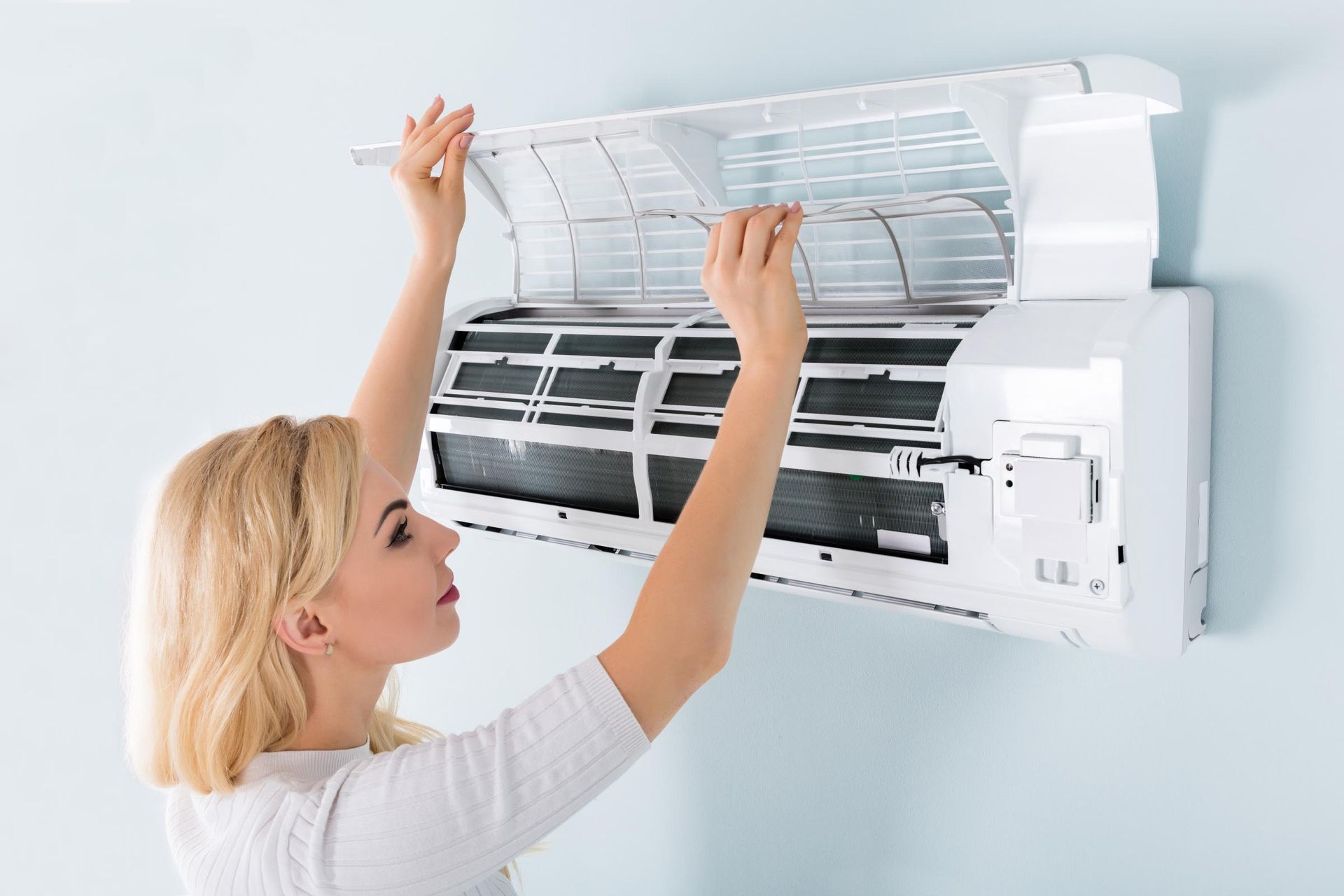
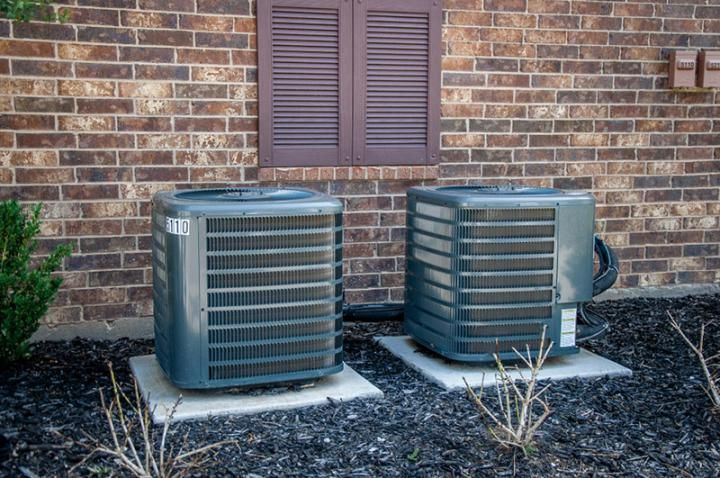

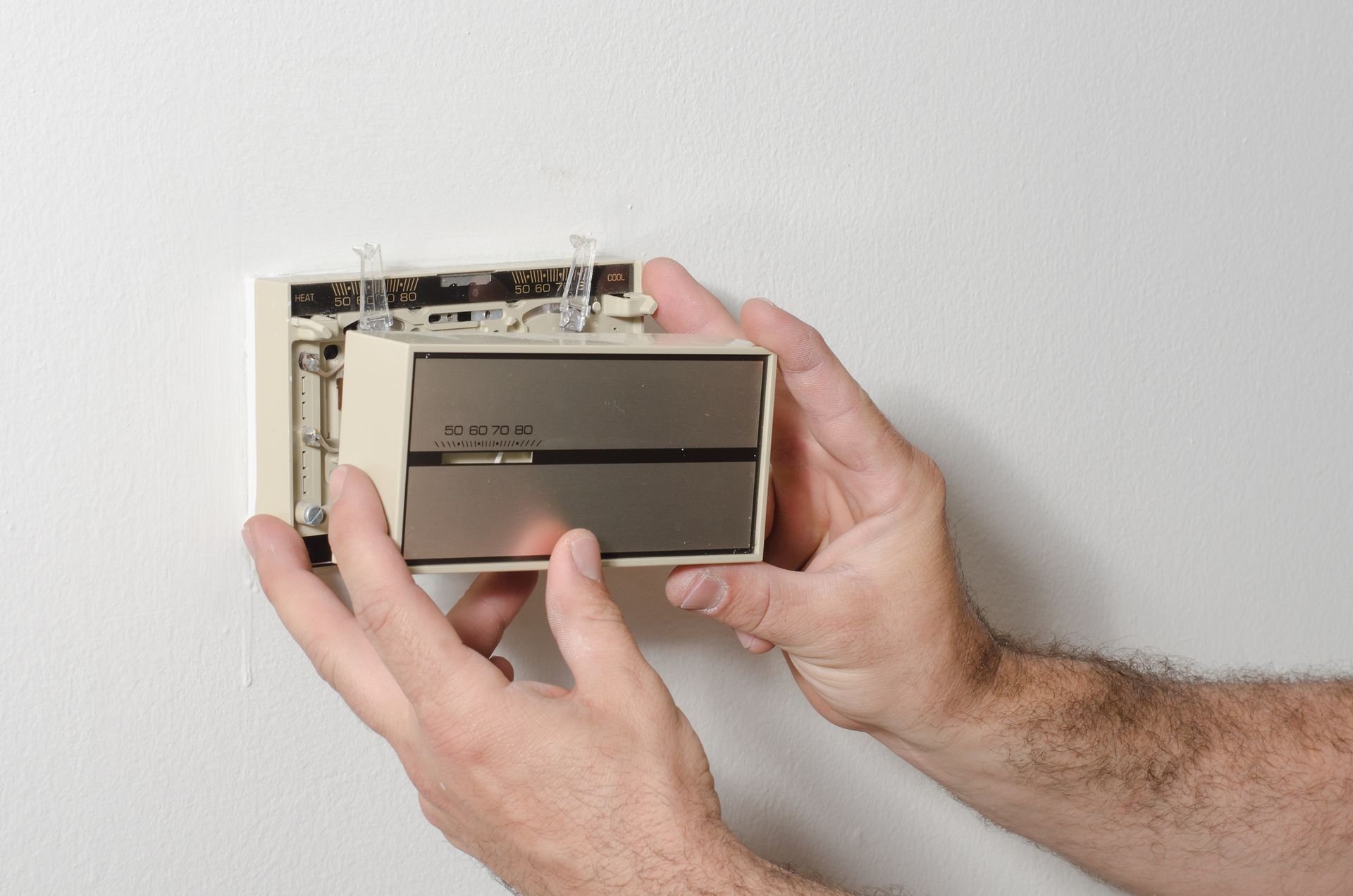

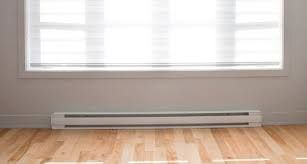
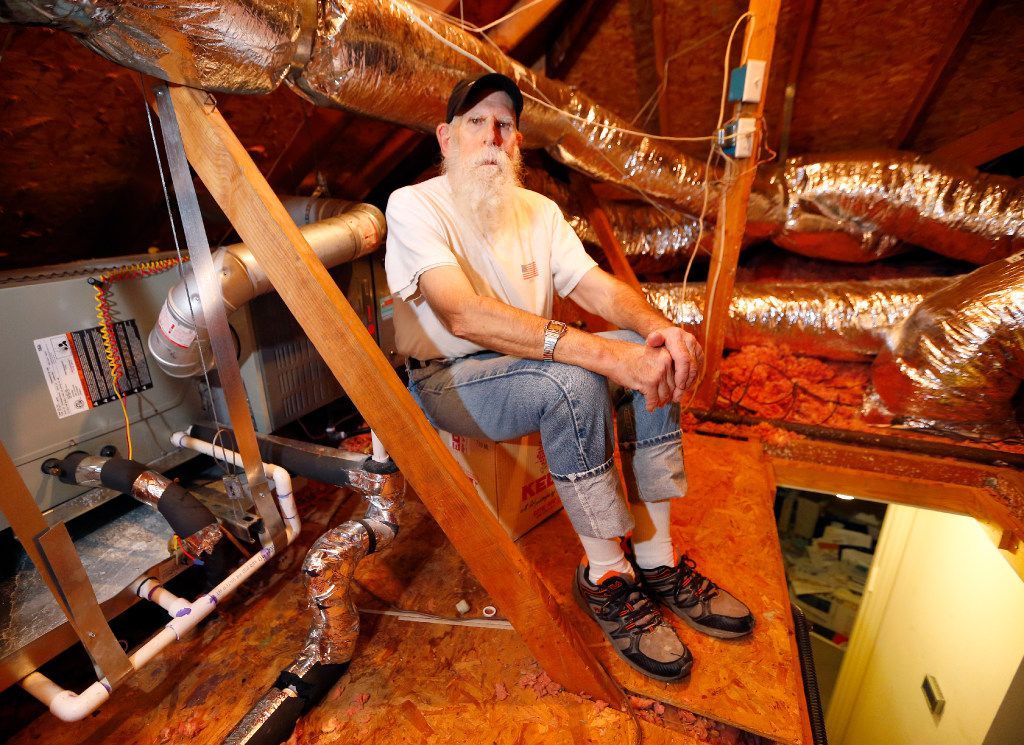

At 24/7 Local HVAC, we specialize in facilitating connections with top-tier HVAC professionals. Our focus is on bridging the gap between you and reputable HVAC companies operating within your local vicinity. It's important to emphasize that each of these HVAC entities functions independently and autonomously.
We firmly place the onus on every individual user to meticulously verify that any selected HVAC company aligns with the mandated licensing and insurance prerequisites stipulated by the governing authorities in their respective jurisdiction.
Furthermore, it's worth noting that our services may regrettably not cover all geographical areas. In instances where our services are available, the scope of offerings could potentially differ based on the composition of service providers present within that particular region.

